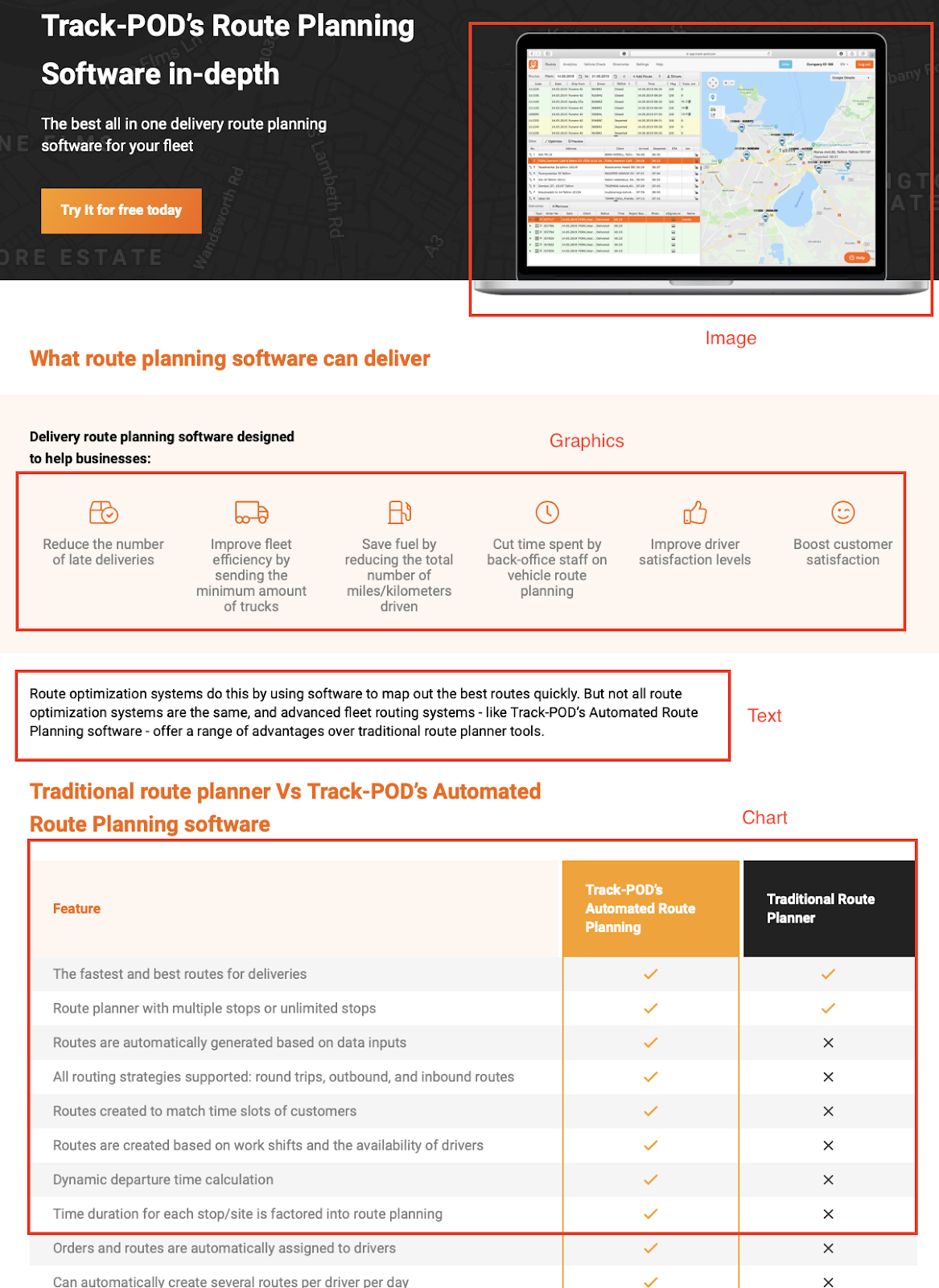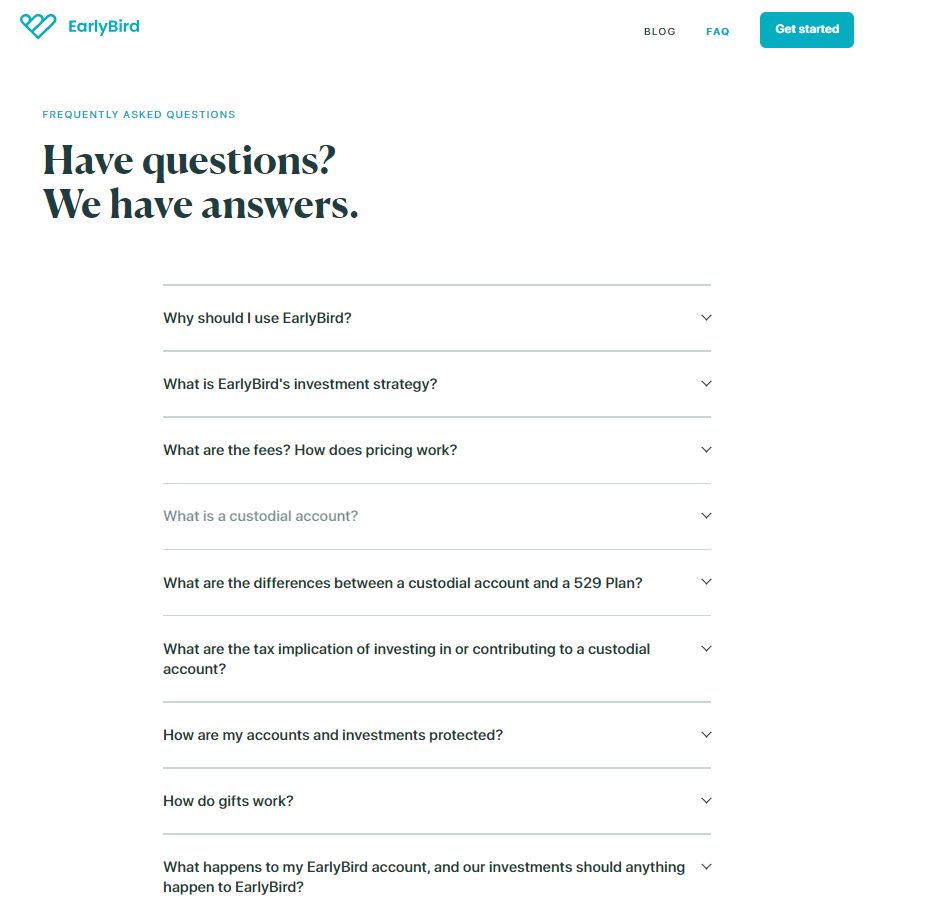5 Content Marketing Practices for Bloggers

If you want to succeed in the modern business world, you’re going to have to invest in content marketing and understand the best content marketing practices.
Content marketing allows you to push your brand through unique and informative content that both educates your audience and provides them a path toward becoming a customer.
There are many forms of content marketing that work, both simplistic and complex. However, many bloggers are typically lacking in two essential resources that are vital to a complete content marketing plan.
Time and money.
As a blogger with limited time and an even more limited budget, what can you do to help start the content marketing ball rolling?
Read on to find out.
1. Optimize for SEO
SEO is complex, which is why you have to take it one step at a time.
However, there are a number of tasks that bloggers can do on their own to get a jumpstart on a solid SEO campaign.
First up, there’s keyword research. Without keyword research, you’re essentially entering into your SEO campaign blind.
Through keyword research, you’ll be able to know what the highest volume and relevant keywords for your audience are.
Once that’s done, you can start creating blog content optimized for these terms. Make sure that the terms are featured in the body of the article, the headline and subheads, the meta description, and the image titles and alt tags.
After that, connect all of your various pages and articles together through a series of internal links. This helps your SEO score and makes your website easier to navigate for potential customers.
You’re also going to have to get links to your pages listed on other websites. It’s not easy to do, but if you create a series of informative guest post articles, each containing a link back to your page, then it becomes somewhat easier.
Do not hesitate to use the service of a marketing agency specializing in SEO to make sure your website is well optimized.
2. Create Round-Up Style Articles
It’s not enough to just create random blog posts. You have to be strategic and think about what adds the most value to your reader’s life.
This is especially true for bloggers who are taking these early stages without the help of a third-party marketing agency.
You can’t go wrong in terms of optimization opportunity and educational offering with a round-up style article.
Present a problem impacting your target audience. It should be something that directly relates to the services that you or your affiliates offer.
Then, provide a series of related solutions to said issue. This lets you cover a lot of ground. That also means you’ll have ample opportunity to include relevant keywords. Round-ups also give you a huge linking opportunity.
This detailed guide from Reply.io on how to choose an email finder tool is a good example. Although they offer an email finder tool, they also present the competing tools objectively and weigh out their pros and cons.

If you’re starting a blog or review site, you might want to consider affiliate marketing on top of content marketing. You can run comparison articles like Best Nursing School’s article about accelerated BSN programs. The key to a quality blog is to review your alternatives diligently, and only accept those that you truly recommend.
Every piece of advice you list in the round-up could be its own blog article on your website. When you’re approaching these topics in the round-up, you have limited space. If your round-up article is only 2,000 words, you don’t have a lot of room to provide a ton of information on each item.
However, if you spin each item off into its own 2,000-word article, you’re providing more information while also getting another opportunity to rank for SEO. You can connect each of these “satellite” articles to the main round-up, creating a hub and spoke article series.
It ensures that if even one of these pages gets some SEO traction, you’ll have a chance to direct traffic to other areas of your site as well.
3. Create Different Forms of Content
You can’t expect to just write blog articles and get all the attention in the world.
Content means so much more than just the written word. There are so many different ways to put content together, such as video, audio, infographics, and much more.
If you’re focusing solely on written content, then you’re doing a disservice to your blogging ventures.
You could also combine different content types on a single page, such as the example below from this company selling a route planning software.

This product page has just about everything. There are graphics, written content, an image, and even a comparison chart helping you make the right choice. You could also easily add a video onto a page like this to create some content that really pops and informs.
Nlyte’s article about colocation data centers is a perfect example of how embedding a video in a blog article can help your content stand out.

The video featured above breaks up the text wall and provides good quality information to the target audience for the software Nlyte provides.
In fact, video has become one of the most consumed and shareable forms of content. Adding product videos, animated videos, or even instructional videos to your website is a great way to reach more people.
Besides video, podcasts are another popular form of content. They provide you with a platform to share your industry expertise and open up lines of communication with potential clients.
Starting a podcast is also an easy and inexpensive way to increase traffic to your website. Getting together with new co-hosts can be a good way to collect new ideas and expand your audience.
4. Create Content Specifically for Your Audience
Remember who you’re marketing to. As a blogger, it’s important that you don’t cast your net too wide when it comes to identifying who your target audience might be.
It’s important to refer to your buyer profiles when planning out your content in advance. (Also, you should be planning out your content in advance!)
Who are your ideal customers? What problems do they have? What kind of outside-the-box content can you create to properly serve their needs?
This informative article on current internet abbreviations answers a specific question that would impact a particular audience.
It’s important that you similarly examine what kind of problems your audience has and plan content around solving those issues.
5. Create a Content Library and FAQ Page
Remember, it’s not just blog pages or product pages that have a good shot at ranking.
FAQ pages are prime for optimization. Often, these pages can rank for Google’s featured snippets, a position even more coveted than the first result on page one.

You also have to organize your content. In the example given above, SimpleMoney organized their financial articles into one centralized page, indexed by category.
It’s always a great idea to take a step like this, because it adds to the user experience of your website, making your content easier to find. A positive user experience is indicative of the quality of your blog.
Even more important, when you’re just starting out your potential customers are likely to have a lot of questions. Compiling a list of FAQs that help explain your business concept, like what finance startup EarlyBird has done here, is a good way to explain your business in an easy to digest format.

In Conclusion
If you’re a blogger, you can’t afford to ignore content marketing. You also probably can’t afford to go all in on it either.
Implement these five content marketing tips for your business, and you will see growth over a period of time. Then, once you have more money coming in, you can invest more heavily in content initiatives.
This guest blog was provided in collaboration with Joanne Camarce, a digital marketing expert specializing in SEO, eCommerce, and social media.
Related posts:
Freelance writer for hire by day. Heavy sleeper at night. Dreams of non-existent brass rings. Writer by trade. Pro wrestling fan by choice (It's still real to me, damnit!). Family man all the time.

